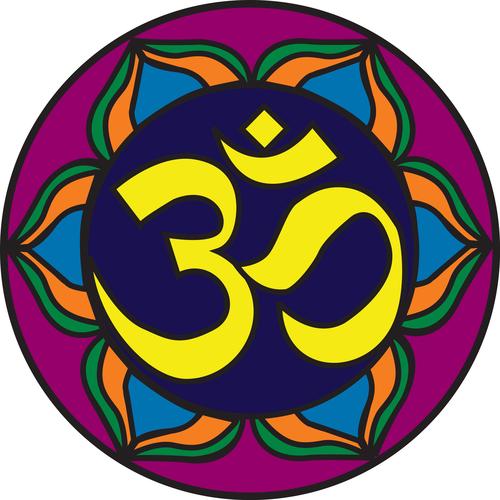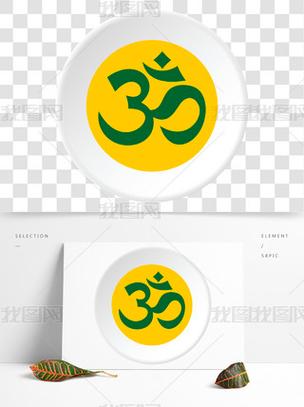
Understanding the Significance of OM
Have you ever wondered about the profound meaning behind the sacred symbol “OM” in Hinduism? Often seen in the form of a mark or a sign, OM holds a special place in the hearts of many followers. Let’s delve into the depths of this ancient symbol and explore its various dimensions.
Origin and Symbolism
OM, also known as AUM, is a seed syllable that appears frequently in Hindu and Buddhist scriptures. It is considered to be the first sound of the universe and the first sound a baby makes after birth. This belief is shared by both Hinduism and Buddhism, with many tantric mantras starting with the syllable “OM.”

The word “OM” is derived from the Sanskrit language and is composed of three letters: A, U, and M. Each letter represents different aspects of the universe. The “A” symbolizes the earth, the “U” represents the sky, and the “M” signifies the air. Together, they form the trinity of the Hindu pantheon: Brahma (the creator), Vishnu (the preserver), and Shiva (the destroyer).
OM as a Sacred Sound
In Hinduism, OM is considered to be a sacred sound that has the power to purify the mind, body, and soul. It is believed that reciting OM with devotion can bring peace, tranquility, and enlightenment. Many practitioners use OM as a mantra, repeating it silently or aloud during meditation and yoga sessions.
OM is also associated with the concept of the “cosmic vibration.” It is believed that the sound of OM resonates throughout the universe and is the source of all creation. By chanting OM, one can connect with the universal energy and experience a sense of oneness with the cosmos.
OM in Art and Architecture
The symbol of OM is widely used in Hindu art and architecture. It can be found in the form of intricate carvings on temples, statues, and other religious artifacts. In many Hindu homes, OM is displayed as a mark on the entrance door, believed to bring good luck and protection.

| Art Form | Example |
|---|---|
| Temple Carvings | Carvings of OM on the walls and pillars of temples |
| Statues | Statues of deities with OM inscribed on their bases |
| Religious Artifacts | Amulets, pendants, and other ornaments with OM symbols |
OM in Hindu Rituals
OM plays a significant role in various Hindu rituals and ceremonies. It is often chanted during puja (worship) and other religious gatherings. In some rituals, OM is used to invoke the presence of deities and to seek their blessings.
During the wedding ceremony, OM is chanted to symbolize the union of the bride and groom. It is also used in the funeral ceremony to honor the departed soul and to signify the end of life’s journey.
OM in Modern Life
In today’s fast-paced world, OM has gained popularity beyond its religious roots. Many people use OM as a tool for stress relief and relaxation. It is often incorporated into yoga and meditation classes, helping individuals connect with their inner selves and find peace amidst the chaos of daily life.
OM has also found its way into popular culture, with many musicians and artists incorporating the sound of OM into their compositions. This has helped spread the message of peace, love, and unity across the globe.
In conclusion, the sign of OM is a powerful symbol that holds immense significance in Hinduism and other spiritual traditions. Its origins, symbolism, and applications are vast and diverse, making it a fascinating subject to explore. Whether you are a follower of Hinduism or simply curious about this ancient symbol, OM offers a profound connection to the universe and its infinite possibilities.



